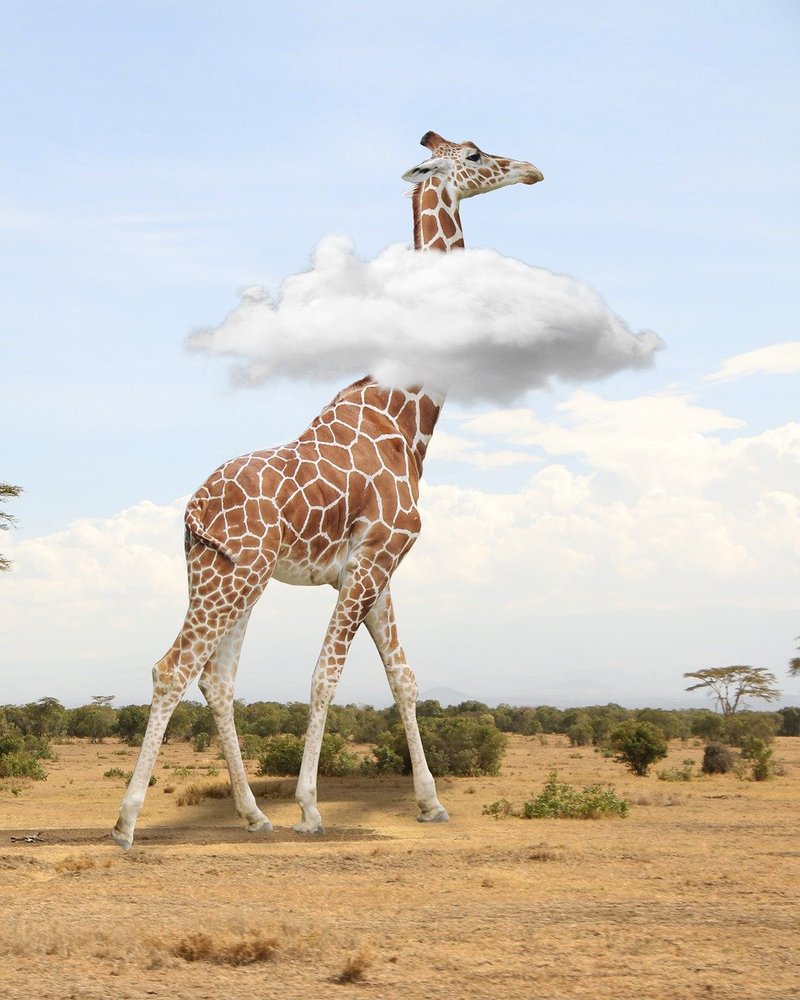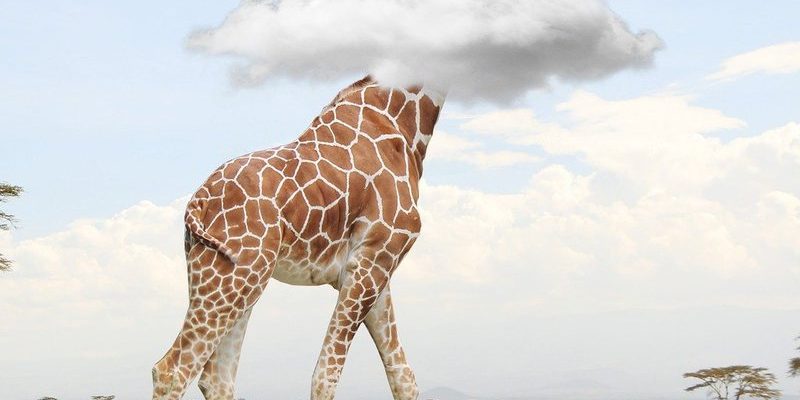
Imagine living in a place where water is scarce and temperatures can soar. It sounds tough, right? But giraffes are well-designed for their habitats. Their long legs not only help them reach higher foliage but also allow them to travel long distances in search of resources. So, let’s dive deeper into how giraffes survive in these challenging conditions, exploring their unique adaptations and behaviors that make them such extraordinary animals.
Adaptations to Extreme Temperatures
Giraffes live in environments that can swing from scorching daytime heat to chilly nights. To cope with these temperature extremes, they have developed several fascinating adaptations. One of the most notable is their light-colored coats. The patches on their fur help reflect sunlight, keeping their bodies cooler during the day. This is similar to how wearing light clothes can help us stay cool in the summer.
Additionally, giraffes are also active during the cooler parts of the day. You might spot them early in the morning or later in the evening when it’s less blazing. This behavior not only helps them avoid the heat but also allows them to conserve energy for foraging and other activities.
It’s interesting to note that giraffes have an efficient way of regulating their body temperature. Their large body size helps retain heat when it’s cold, and their long legs allow them to find shading under trees during the hottest parts of the day, ensuring they stay comfortable without expending too much energy.
Finding Food in Sparse Conditions
In arid regions, food can be hard to come by, but giraffes have a unique advantage: their height. With necks that can stretch up to six feet long, they can reach leaves and foliage on tall trees that other herbivores might not even consider. Think of them as the skyscrapers of the animal kingdom, towering over everything else.
Their diet primarily consists of leaves, flowers, and fruits, with acacia trees being a favorite treat. These trees have thorns to protect their leaves from other animals, but giraffes have tough, prehensile tongues that can reach around the thorns to snag a meal. This ability makes them experts at foraging, ensuring they have plenty to eat even in less-than-ideal conditions.
Another clever tactic giraffes use is to position themselves in groups to find food. When one giraffe spots a good feeding spot, others can benefit, too. It’s like sharing tips about the best restaurants in town! This social behavior helps them maximize their chances of finding enough nutrition in sparse environments.
Water Sources and Hydration
Water is life, and for giraffes, finding it can be a challenge in tough climates. Interestingly, giraffes can go for long periods without drinking water directly. You might wonder how they manage this? The secret lies in their diet. The leaves they eat often contain moisture, serving as a natural water source. It’s like getting your hydration from fruits and veggies!
When giraffes do need to drink, they must bend down to reach water, a vulnerable position for them. This is why they often choose to drink at night or early in the morning when predators are less active. You could say they’re practicing caution while tending to their hydration needs.
Additionally, during droughts, giraffes are known to become more nomadic, traveling greater distances in search of water. It’s impressive how they adapt their movement patterns to ensure they can find the life-sustaining resource when it’s needed the most.
Behavioral Adaptations for Survival
Giraffes are not just physically adapted to their environments; their behaviors also play a vital role in survival. For starters, they have a remarkable social structure. Living in loose groups, known as towers, provides safety in numbers. When one giraffe senses danger, it can alert the others, helping the group stay safe.
You might find it fascinating that giraffes communicate through a series of low-frequency sounds. These sounds, often inaudible to humans, can travel long distances—allowing them to coordinate and stay connected with one another. Think of it as their own unique texting system! This communication is crucial when navigating through harsh territories filled with potential threats.
Another interesting behavior is their vigilance. Giraffes have a remarkable ability to keep watch. With their long necks, they can scan for predators over vast distances. When one giraffe stands tall and alert, the rest take cues to be cautious as they continue foraging. It’s a smart way to protect themselves while still getting the nutrients they need.
Conservation and the Future
As giraffes face habitat loss and other threats, conservation efforts are becoming increasingly important. Sadly, some giraffe species are listed as vulnerable or endangered. Efforts to protect their environments, such as establishing wildlife reserves and implementing anti-poaching measures, are crucial for their survival.
You might also be curious about how local communities can help. Educating people about the importance of giraffes and their ecosystems can foster a sense of responsibility, leading to more protection of their habitats. Supporting eco-tourism initiatives can also provide economic incentives for communities to preserve these majestic animals and their surroundings.
As we look towards the future, it’s vital that we continue to learn about giraffes and work together to ensure that they not only survive but thrive in the wild. Protecting them means protecting the unique ecosystems they inhabit and the many other species that call these environments home.
The Resilience of Giraffes
Ultimately, giraffes are a testament to resilience. They’ve adapted in remarkable ways to survive in harsh conditions, from their towering height to their savvy social behaviors. Each aspect of their lives—how they find food, manage hydration, and protect one another—highlights their incredible ability to navigate challenges.
Their survival isn’t just about individual traits; it’s about understanding and adapting to a world that can be both beautiful and unforgiving. So, the next time you see a giraffe, remember that there’s a lot more going on beneath that graceful exterior. They’re not just tall—they’re smart, social, and perfectly adapted to thrive where many others struggle.
In conclusion, by appreciating the extraordinary adaptations of giraffes and supporting their conservation, we can help ensure future generations will also enjoy the sight of these gentle giants roaming the savannahs. Let’s do our part to keep their world safe and flourishing!

